Whether you're travelling the world or wandering around your own neck of the woods, there is beauty to be found in the world around us. However, so many of our streetscapes, parks and waterways are being choked by litter. In addition, materials that can now be recycled are ending up in landfill, not only are they taking between 20 years and 500 years to break down, but lightweight plastic has been known to blow away, getting back into our environment. By focusing on recycling and using recycled materials we hope to make long-lasting and sustainable change for the good of our planet.
We live in a world of plastic

Single-use plastics are one of the biggest sources of litter finding its way into oceans and waterways. It is estimated that each year 14 million tonnes of plastic ends up in our oceans. The problem isn't only one of unsightliness at beaches and in the ocean, it is threatening ocean health, human health, food safety and quality and contributing to climate change.
But litter is not the only problem caused by single-use plastics. The plastic is primarily made from fossil-fuel based chemicals (petrochemicals), which are non-renewable resources. Despite being invented in the 19th century, more than half of the plastic ever created has been produced in the last 15 years. Using fossil-fuels at the current rate, the known reserves of oil will be gone in about 53 years.
So much waste
According to Planet Ark, Australians are producing over 1 tonne of plastic waste per minute, but only 11.8% of that is being recycled. Recycling is important because these materials don't have to go into landfill. They can be made into useful materials, everything from railway sleepers and park benches to eyeglasses and surfboards!
Fabrics can also be made from recycled materials, like the fabric we use in our Sustainable Packing Cube range. A large packing cubes uses about 6 plastic bottles. Buying a 5 piece set (Large, Medium, Slim-Medium, Small & X-Small) will mean you're saving about 19 plastic bottles from going into landfill.
How a plastic bottle is turned into fabric

It seems strange to think that a soft, flexible fabric can be made from something hard and structured like a plastic bottle. The process seems involved, but surprisingly, takes 59 per cent less energy than making polyester the regular way. First the bottles are crushed, which helps to release any water or drink that has been left in the bottle. This is an important part of the process, as leaving liquid in the bottles can affect the quality of the finished material. The bottles are then sorted into clear plastics and coloured plastics. The clear plastic is more valuable as it can be used to create white fabric or fabric that can be dyed.
The bottles are shredded further and put into a series of baths. This allows the different materials that make up the bottle (the label, the cap and the bottle material) to be separated. The body material is heavier than the other 2 components so they will sink while the others float, allowing them to be removed from the top of the bath. Another bath is used to remove any sticky residue, such as glue, from the bottles.
The shredded bottle material is then put into ovens to dry off. The process is at a low heat and generally takes around 10 hours. Small amounts of light coloured plastics are added to the mix to ensure the finished thread is white, not clear.
After the drying process is finished it is heated further to melt the plastic and then forced through a sieve to create threads. At this point the threads are not strong enough to be made into fabric, so the threads are then heated and stretched to be mixed with other threads to make them stronger. This new mixed thread is then torn apart into a fluffy material that is the basis of polyester. At this point it looks a lot like cotton wool. The threads are carded, much like wool is, to make sure that the fibres all run in the same direction, a process which strengthens the material further.
The resulting felt-like material is teased out and spun into thread. This thread is then woven into cloth, just as any other fabric is woven. To give it a softer feel a machine runs across the finished cloth to pull up loops, which a second machine tears. The resulting material is often indistinguishable from standard polyester.
Other ways to reduce plastic waste
As a consumer you can make a choice to help reduce plastic waste with every purchase you make at the supermarket, both through your choice in product and your own actions, such as bringing your own shopping bags. By actively seeking out produce that is not over packaged you are making a stand against practices that waste plastic. Buying in bulk is another way you can cut down the amount of plastic waste and other packaging materials.
Where you can't avoid plastic and packaging, recycle the materials correctly. Most of us know that hard plastics can be recycled through our city council, but you can also recycle soft plastics such as pasta and lolly packaging, bread bags and dry cleaning bags through the REDcycle program at many supermarkets.
Reduce, Reuse and Recycle – they're such simple steps to do, but they can make a big difference to our planet. By conserving fossil-fuels and other finite resourcing, and taking care to reduce plastic waste through recycling and actively seeking products made from recycled materials we are all doing something good for the environment.
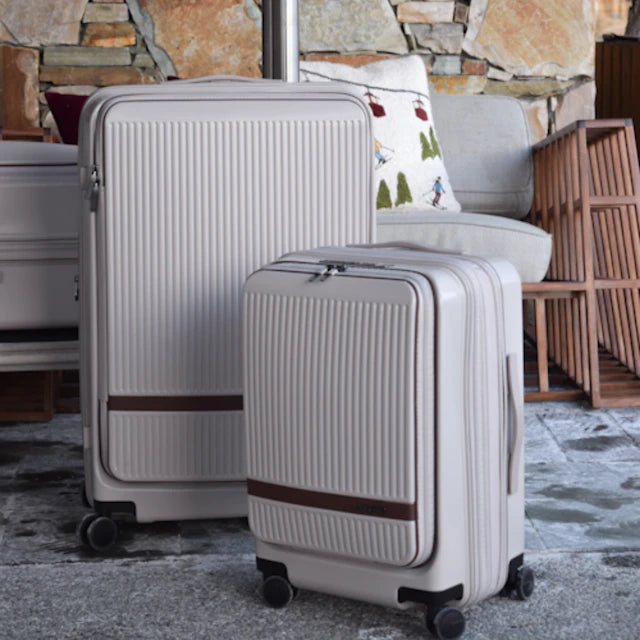
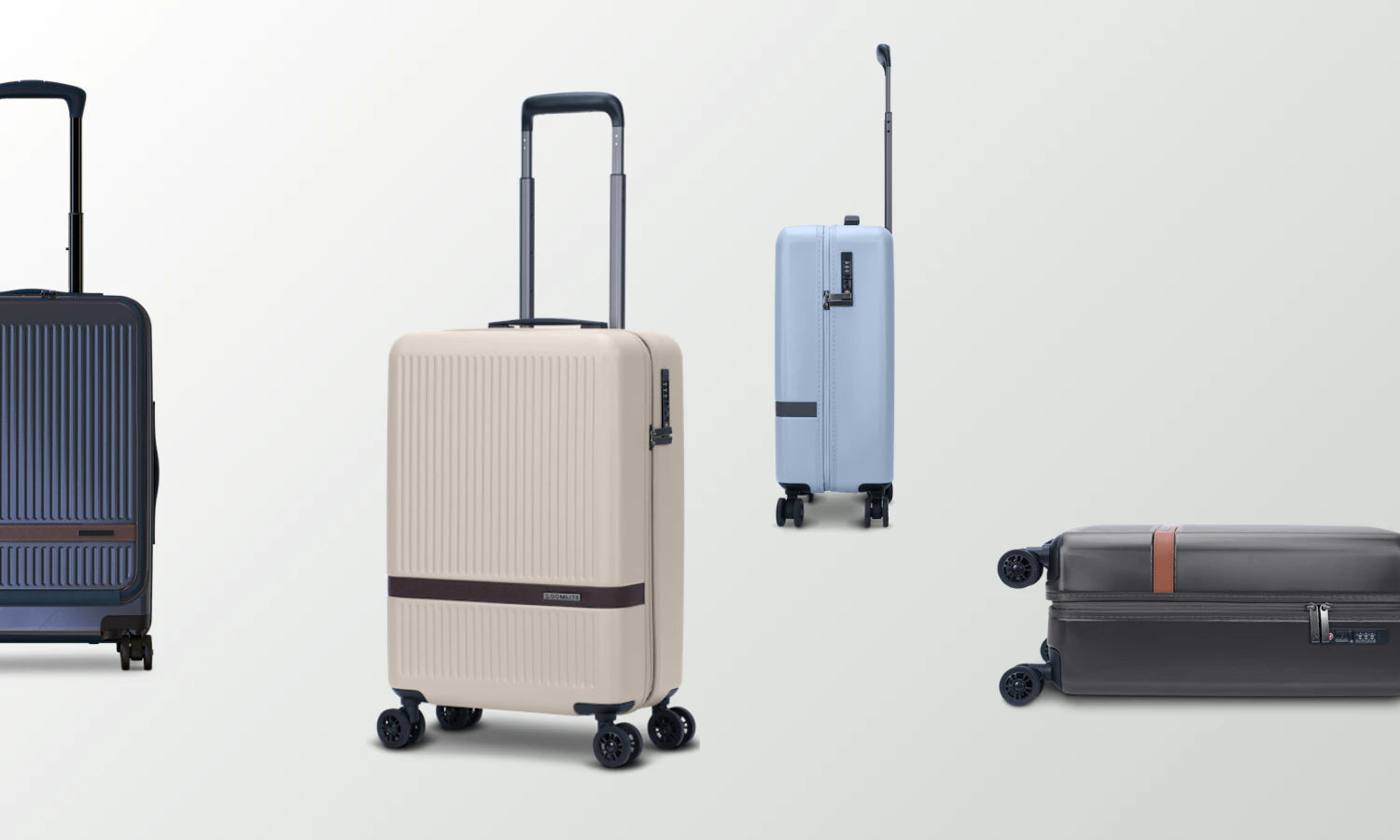
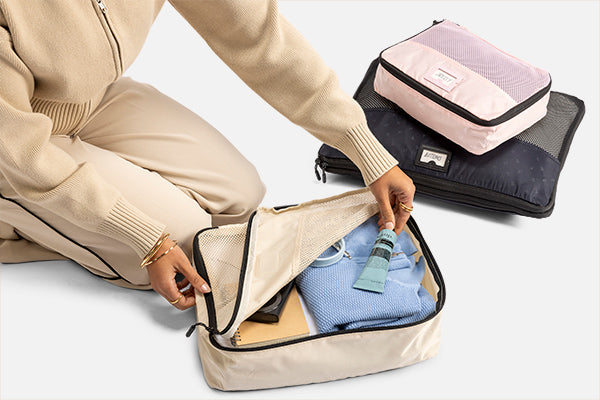
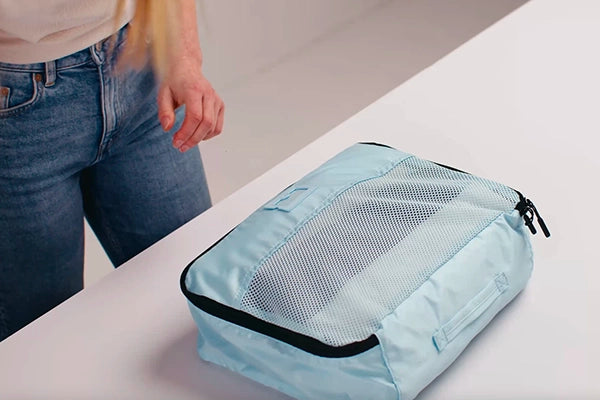
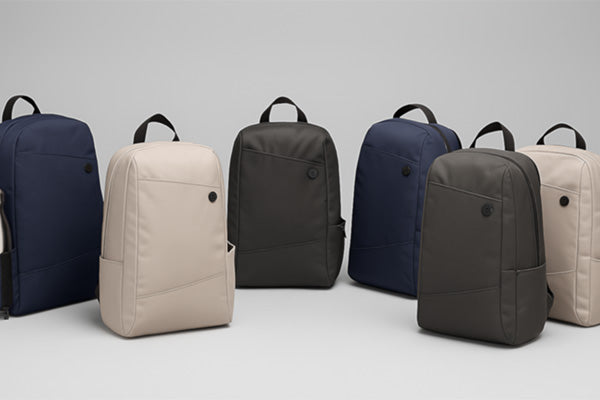
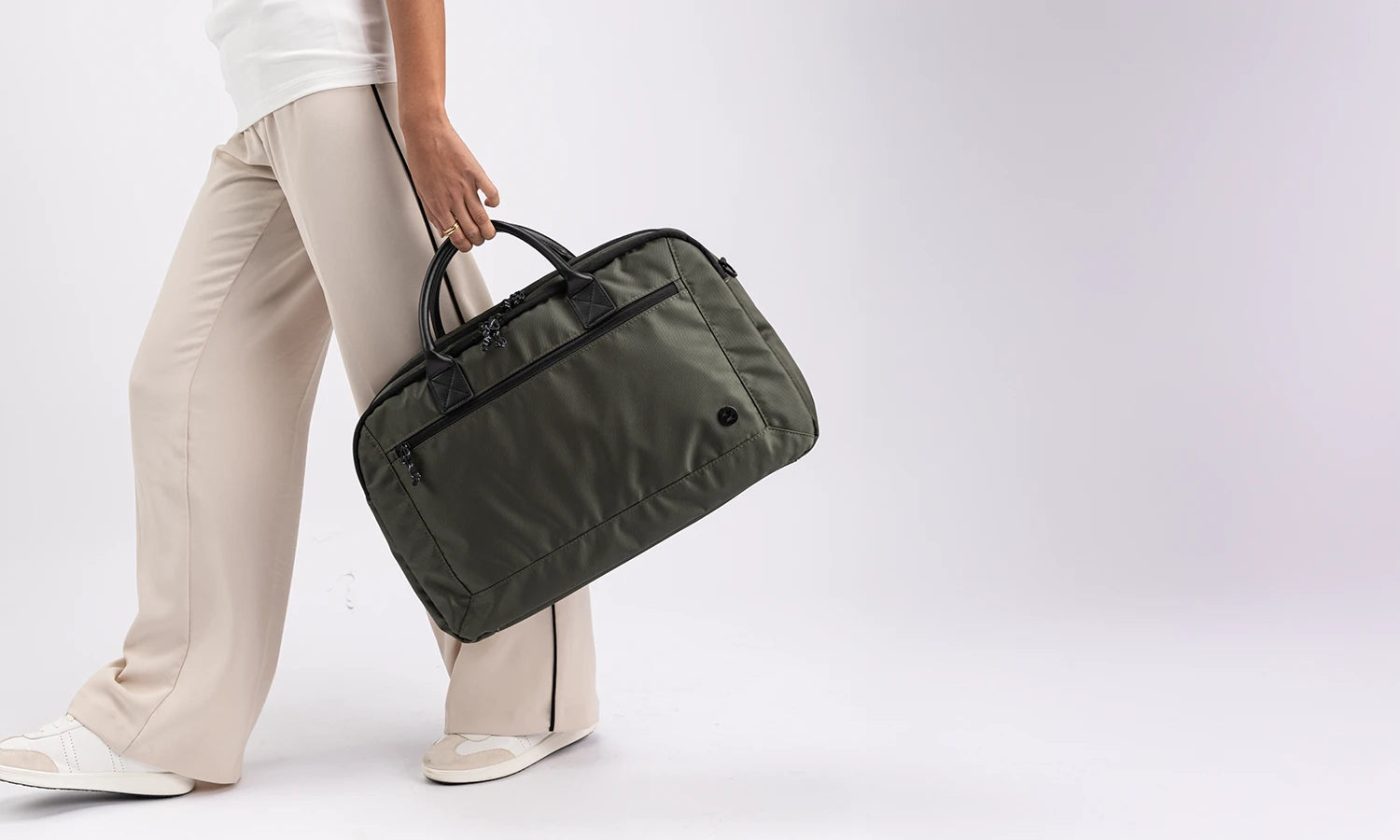
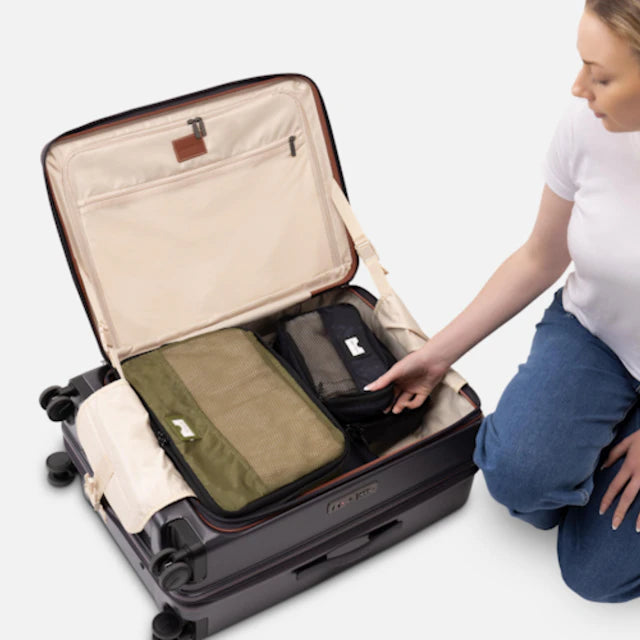


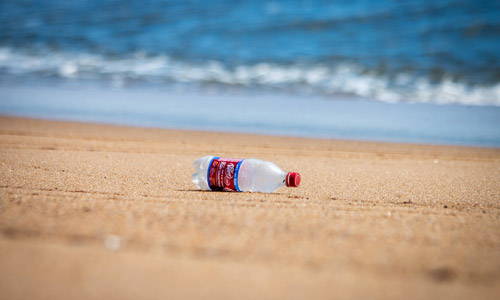




Leave a comment